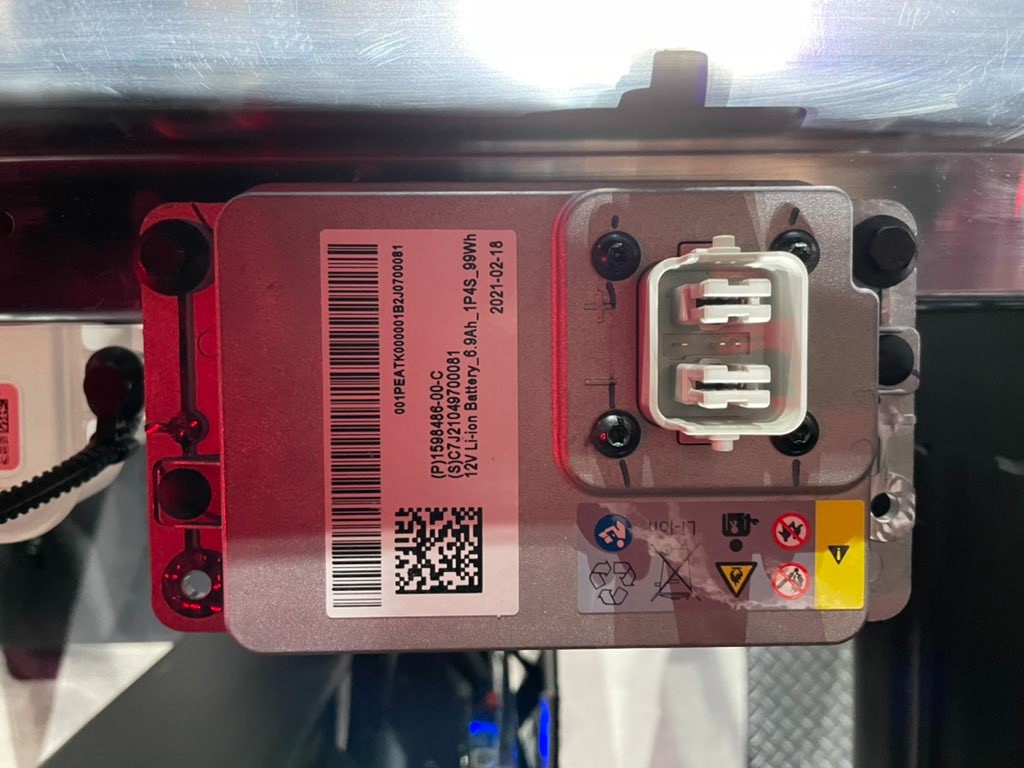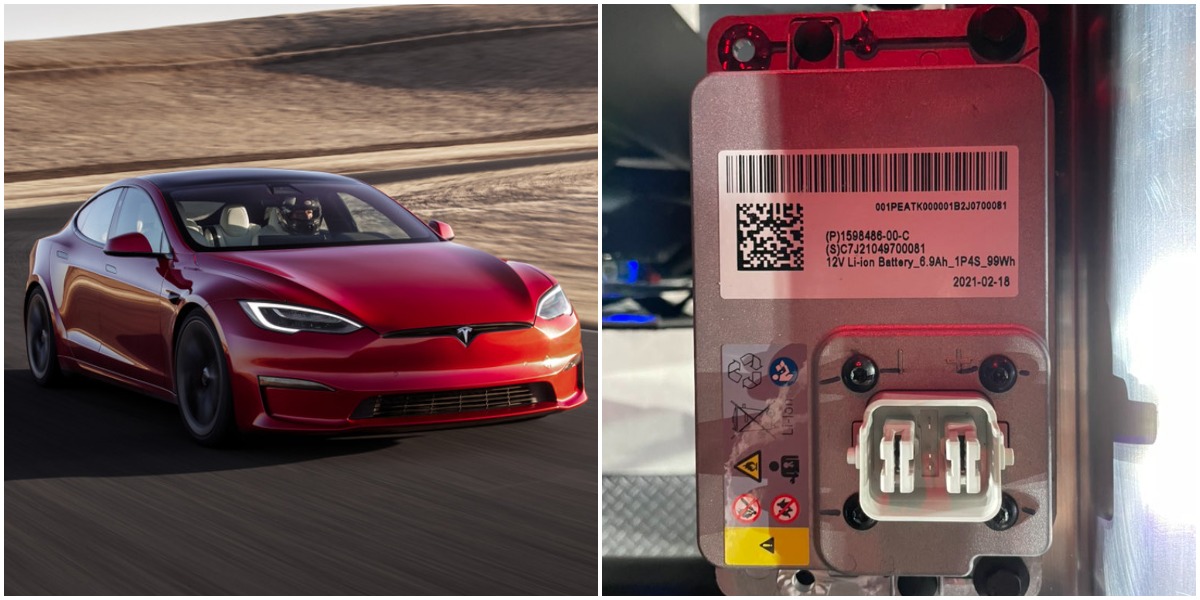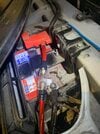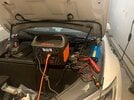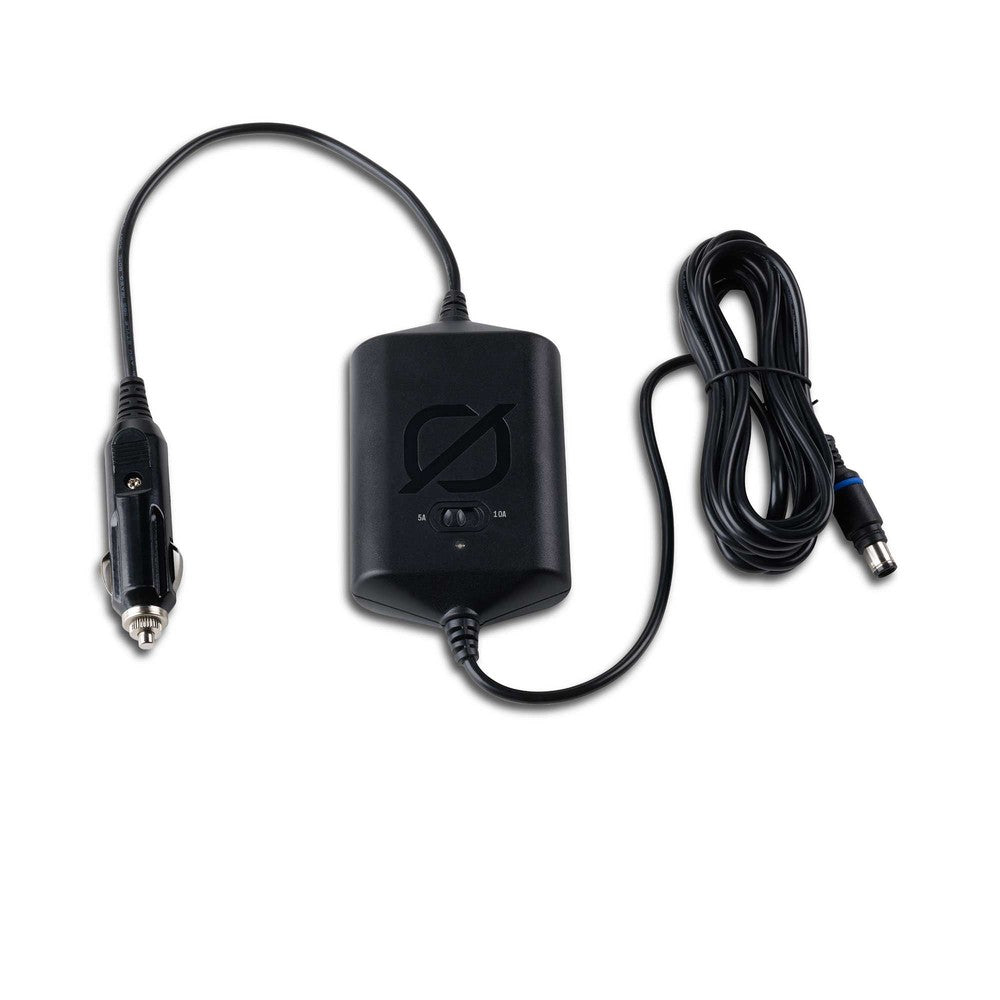Watts_Up
Well-Known Member
I noticed also that the inboard DC/DC converter can also recharge the battery when driving, by setting the voltage to 14.5 instead of 13.5 V and then going back to 13.5 V.And they also monitor the current going to the battery? I'm guessing there's a solid state switch in there between the 12V DC/DC bus and the battery to allow them to measure charge current.



